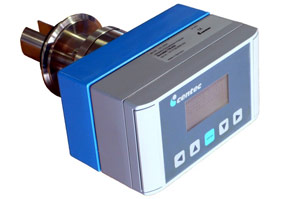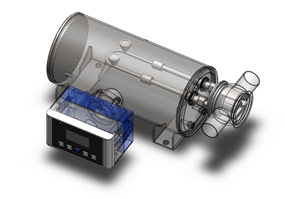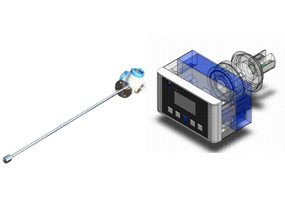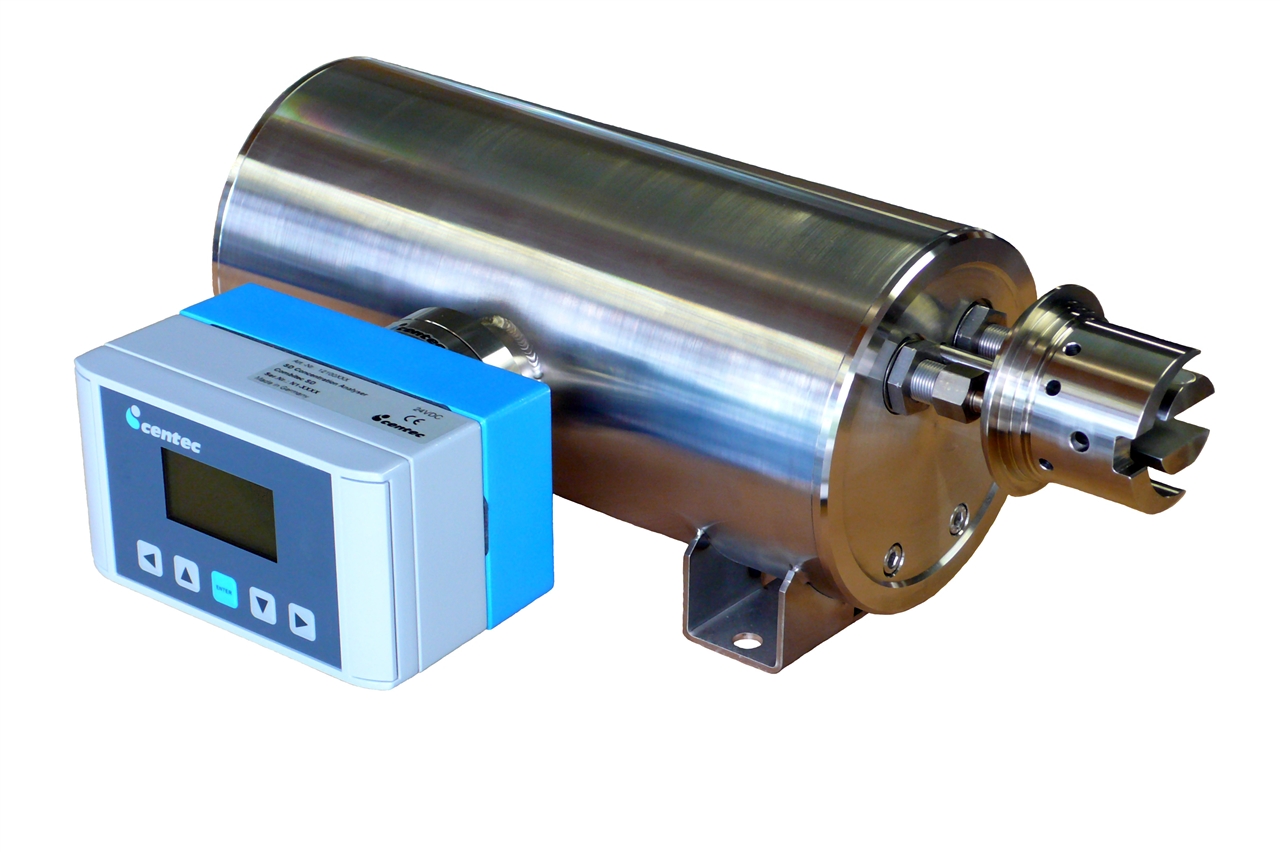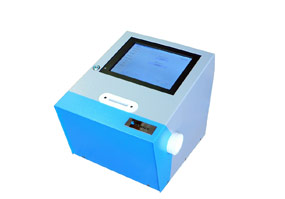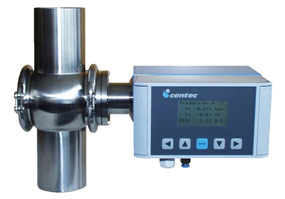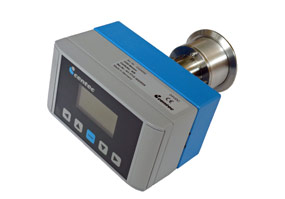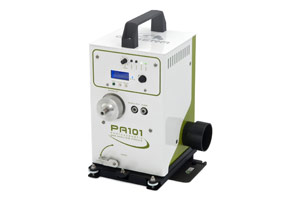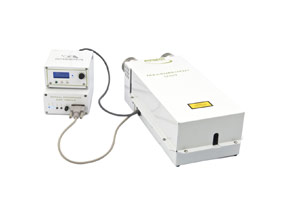
Photoacoustic Detector: PA201S
Custom photoacoustic gas cell for laser sources
Laser photoacoustic spectroscopy (LPAS) is a highly attractive method for the trace gas analysis due to the high sensitivity, linearity and low sample gas volume. Tunable laser sources provide high selectivity and high measurement accuracy due to the zero background nature of the measurement principle.
The use of the novel cantilever optical microphone provides unmatched sensitivity and enables measurements in low pressures without compromising on the sensitivity. Narrower spectral lines at lower pressures provide additional benefit for selectivity compared to other tunable laser based systems operating at ambient pressure.
Gasera’s PA201 research gas cell is designed for laboratory measurements and can be tailored for different types of light sources such as the near infrared distributed feedback laser (DFB), the quantum cascade laser (QCL) and the optical parametric oscillator (OPO).
Ultra-sensitive optical microphone
The heart of the system is the patented optical microphone comprising of a MEMS cantilever sensor coupled with a laser readout interferometer that can digitally measure microscopic movements of the cantilever sensor, having a dynamic range greater that any analog circuitry can ever obtain.
The cantilever-type pressure sensor is designed to significantly improve the sensitivity of PAS. An extremely thin cantilever portion moves like a flexible door due to the pressure variations in the surrounding gas. The movement of the free end of the cantilever can be about two orders of magnitude greater than the movement of the middle point of the tightened membrane under the same pressure variation. This is because the cantilever only bends and does not stretch.
Features 特性
lPhotoacoustic detector with cantilever enhanced optical microphone
lVirtual zero-background measurement principle
lTotal gas volume of the system is low, approx. 30 ml
lThe gas exchange procedure is user configurable by a simple user interface with display and buttons. The gas exchange can be started manually with a press of a button or the instrument can be programmed to do it automatically using timer or an external trigger.
lThree gas connections in the front. The sample gas has two connections, one for input and one for output. The input is equipped with a particle filter.
lGas cell is stabilized to 50 °C temperature.
lPatented ultra-sensitive optical microphone based on a MEMS cantilever sensor coupled with a laser interferometer to measure microscopic movement of the cantilever sensor.
lComplies with the following standards or other standardization documents under the Low Voltage Directive 2006/95/EC and EMC Directive 2004/108/EC: EN 613261:2005, EN 61010-1: 2001.
l12 months warranty
Technical specifications
lMaterials in contact with gas:
FPM (seals, solenoid valves)
NBR (solenoid valves, gas connectors)
PPA, PBT (solenoid valves, gas connectors)
PPS, EPDM (gas pump)
Stainless steel (solenoid valves, gas connectors)
IR-window of the cell: BaF2, KBr, ZnSe etc.
Nickel (gas exchange unit block, gas connectors)
PTFE (tubes, particle filters)
PP (particle filters)
lDimensions of the PA201 module: 17.2 cm W x 10.5 cm H x 34.9 cm D
lWeight: approx. 5 kg
lTotal internal gas volume: 30 ml
lOperational conditions:
Temperature range: 15 °C – +35 °C
Humidity range: Below 90% RH, non-condensing
Pressure range: Ambient level
Dust/water resistance: IP20 (IEC 529)
Shock/vibration endurance: Strong vibrations can affect the measurement results. Acoustical level: Loud sounds can affect to the measurement results
lStorage conditions: Temperature range: 0 °C – +60 °C
lSample gas conditions:
Temperature: Below the gas cell temperature and noncondensing
Pressure: 930 mbar – 1100 mbar
Moisture: Non-condensing at sample temperature
Gas flow with bypass flow: approx. 1 liters/minute Particulates size < 1 μm
lGas connections: Tube fittings for 6/4 mm tubing
lElectrical connections:
Power supply unit:
Input voltage: 100 - 240 Vac, 50 - 60 Hz
Input power max: 30W
Analog outputs:
Output connectors: BNC or D9 connector
Output signal voltage span: ± 3.3 V
Output signal frequency band: Low pass filtered, 0-10kHz
Output load: >2k resistive
Trigger I/O:
CMOS compatible input
Open collector output
Triggering sequence programmable
lMeasurement specifications:
Detection limit: Gas and light source dependent. Typically in the low ppb -region.
Optical path length: 100 mm at optical axis
Repeatability: < 1 % of measured value in operational conditions at the calibration concentration (source dependent)
Temperature stability: Ambient temperature change within the operational temperature range will not cause drift. The measurement pressure can be selected between 300 mbar - 1000 mbar.
 Based on infrared photoacoustic spectroscopy technology, DKG-ONE Photoacoustic Gas Analyzer combines the unique light source and detector which is a patented enhanced cantilever beam optical microphone with ultra-high sensitivity. It can be widely applied
Based on infrared photoacoustic spectroscopy technology, DKG-ONE Photoacoustic Gas Analyzer combines the unique light source and detector which is a patented enhanced cantilever beam optical microphone with ultra-high sensitivity. It can be widely applied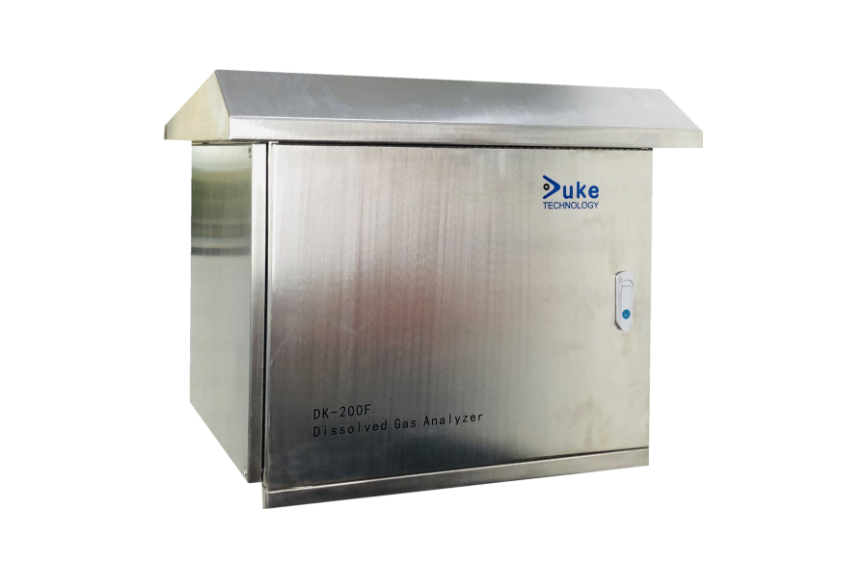 Transformer online monitoring and fault diagnosis technology is of great significance to improve the safety and stability of the power system.
Transformer online monitoring and fault diagnosis technology is of great significance to improve the safety and stability of the power system.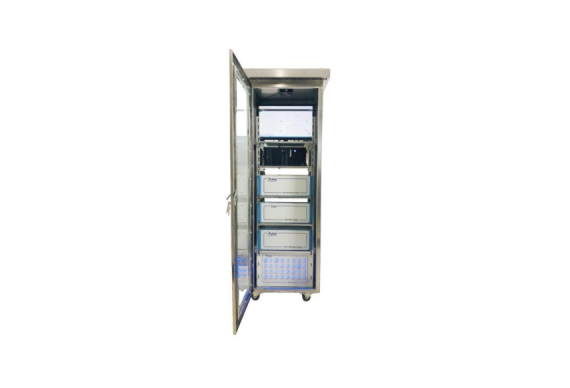 DK-BSC 3001 series battery spontaneous combustion monitoring system from Duke Technology integrates ultraviolet absorption spectrum, infrared photoacoustic spectrum, cavity enhanced absorption spectrum, Fourier infrared spectrum, tunable semiconductor abs
DK-BSC 3001 series battery spontaneous combustion monitoring system from Duke Technology integrates ultraviolet absorption spectrum, infrared photoacoustic spectrum, cavity enhanced absorption spectrum, Fourier infrared spectrum, tunable semiconductor abs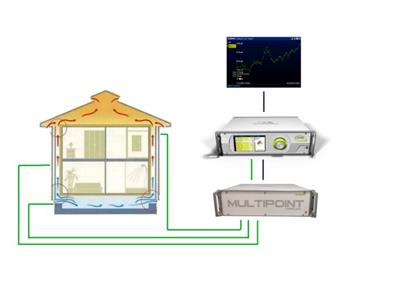 Ventilation system is to monitor the concentration change of tracer gas to calculate the ventilation efficiency.
Ventilation system is to monitor the concentration change of tracer gas to calculate the ventilation efficiency.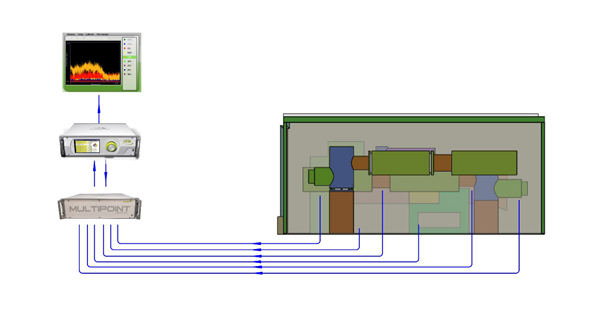 SF6 is widely used in GIS as a good insulation and interruption gas.
SF6 is widely used in GIS as a good insulation and interruption gas.
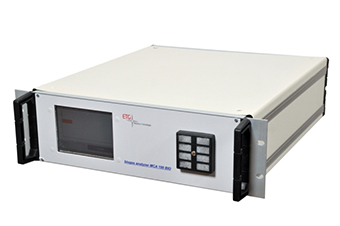



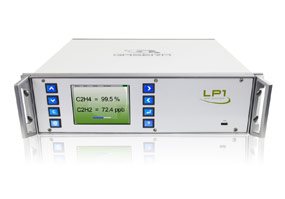
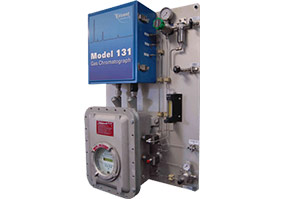

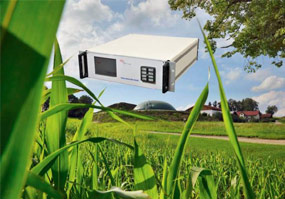

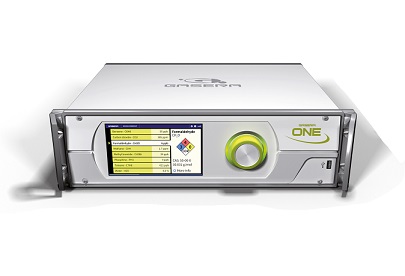
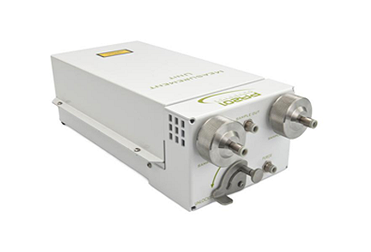
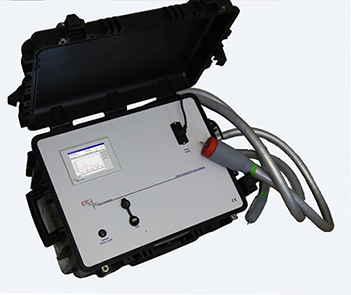
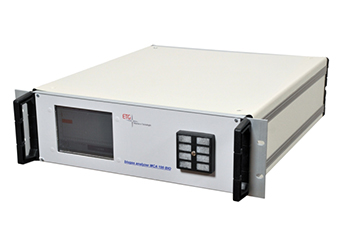

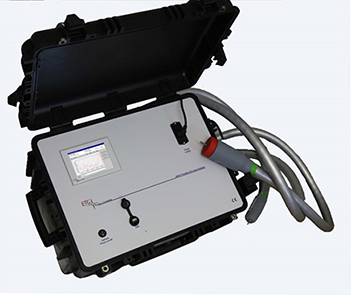
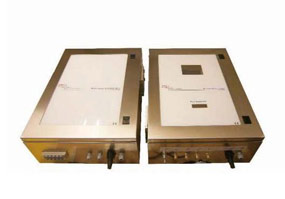
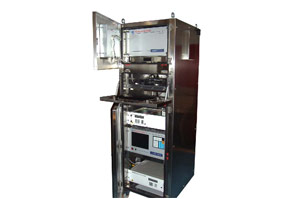
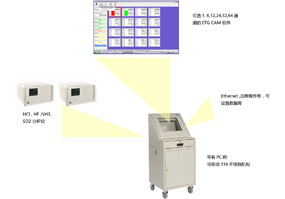
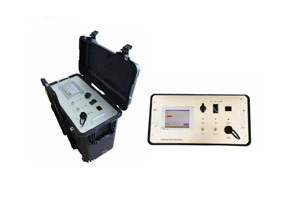
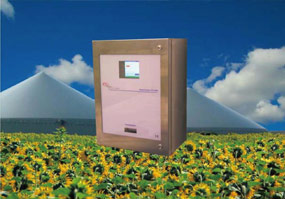

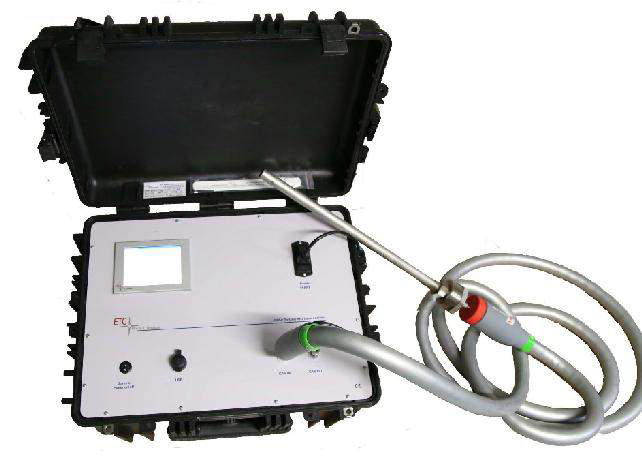
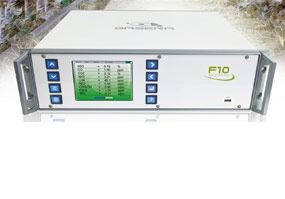

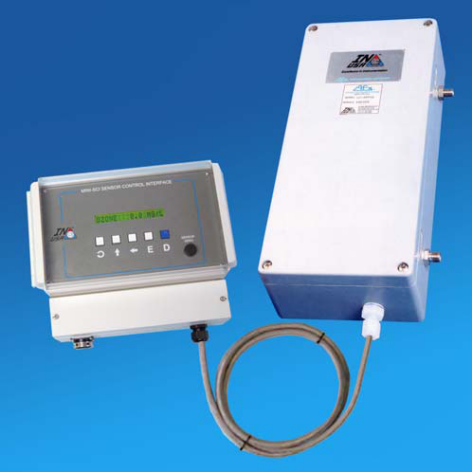

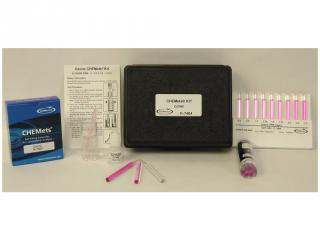


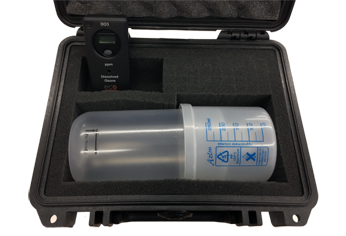
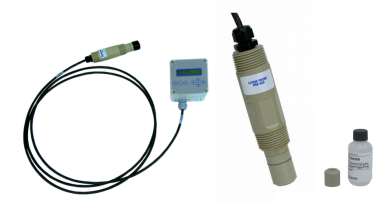


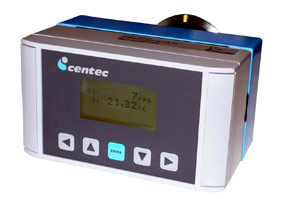
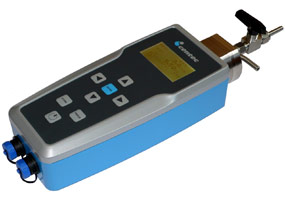
 In oil or gas extraction processes, optimizing production methods is crucial. It is particularly important to accurately understand the flow rates, volumes, flow patterns, and cumulative trends of solid particles during extraction. The sand monitoring sys
In oil or gas extraction processes, optimizing production methods is crucial. It is particularly important to accurately understand the flow rates, volumes, flow patterns, and cumulative trends of solid particles during extraction. The sand monitoring sys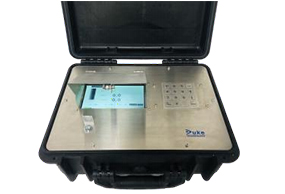 The sand monitoring system from Duke integrates the measurement of fluid patterns, flow rate, instantaneous flow, and cumulative flow of sand. It is a low-cost, real-time monitoring system for predicting the flow patterns and cumulative trends of sand.
The sand monitoring system from Duke integrates the measurement of fluid patterns, flow rate, instantaneous flow, and cumulative flow of sand. It is a low-cost, real-time monitoring system for predicting the flow patterns and cumulative trends of sand. The sand monitoring system from Duke integrates the measurement of fluid patterns, flow rate, instantaneous flow, and cumulative flow of sand. It is a low-cost, real-time monitoring system for predicting the flow patterns and cumulative trends of sand.
The sand monitoring system from Duke integrates the measurement of fluid patterns, flow rate, instantaneous flow, and cumulative flow of sand. It is a low-cost, real-time monitoring system for predicting the flow patterns and cumulative trends of sand.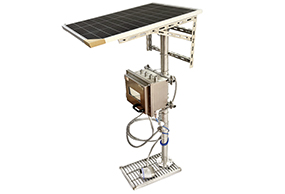 When sand enters the wells or pipelines during the extraction process, it is essential to ensure the clear passage of the sand. Real-time monitoring of the flow rate, instantaneous flow, cumulative flow, erosion rate, and movement patterns of sand/solid p
When sand enters the wells or pipelines during the extraction process, it is essential to ensure the clear passage of the sand. Real-time monitoring of the flow rate, instantaneous flow, cumulative flow, erosion rate, and movement patterns of sand/solid p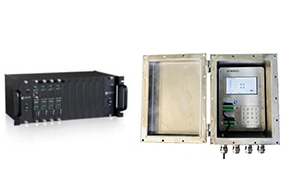 The sand monitoring system from Duke integrates the measurement of fluid patterns, flow rate, instantaneous flow, and cumulative flow of sand. It is a low-cost, real-time monitoring system for predicting the flow patterns and cumulative trends of sand.
The sand monitoring system from Duke integrates the measurement of fluid patterns, flow rate, instantaneous flow, and cumulative flow of sand. It is a low-cost, real-time monitoring system for predicting the flow patterns and cumulative trends of sand.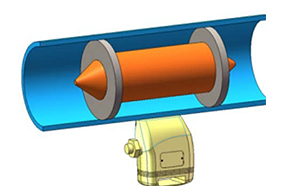 The Duke pigging indicator uses passive acoustic (ultrasonic) technology to sense the pig traveling through the pipeline, utilizing a built-in Lock Frequency Digital Signal Processor (LPDSP).
The Duke pigging indicator uses passive acoustic (ultrasonic) technology to sense the pig traveling through the pipeline, utilizing a built-in Lock Frequency Digital Signal Processor (LPDSP).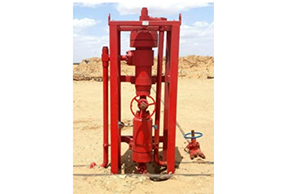 The DK-SA 830 Gas-Solid Separator operates on the principles of centrifugal sedimentation and density differences. When the fluid enters the separator tangentially at a certain pressure, it generates intense rotational motion.
The DK-SA 830 Gas-Solid Separator operates on the principles of centrifugal sedimentation and density differences. When the fluid enters the separator tangentially at a certain pressure, it generates intense rotational motion.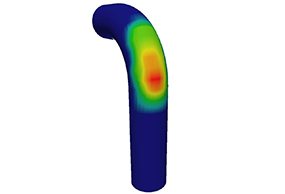 Based on echo sensing technology, the Duke Non-intrusive acoustic pipe thickness monitor uses high-frequency sound waves generated by piezoelectric transducers to pass through materials.
Based on echo sensing technology, the Duke Non-intrusive acoustic pipe thickness monitor uses high-frequency sound waves generated by piezoelectric transducers to pass through materials.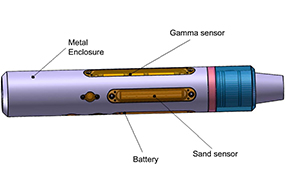 The innovative DK-SA 850 downhole sand monitoring device features a new tool architecture, integrating advanced sensor design, signal processing technology, and analytical algorithms to accurately detect downhole sand ingress points and assess sand produc
The innovative DK-SA 850 downhole sand monitoring device features a new tool architecture, integrating advanced sensor design, signal processing technology, and analytical algorithms to accurately detect downhole sand ingress points and assess sand produc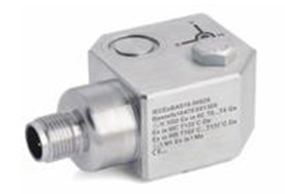 DK-SA 860-S Series Vibration Sensor can connect to analog signal output of acceleration, speed, displacement sensors, can calculate speed and displacement data based on acceleration data, features include different sensor parameter settings, data acquisit
DK-SA 860-S Series Vibration Sensor can connect to analog signal output of acceleration, speed, displacement sensors, can calculate speed and displacement data based on acceleration data, features include different sensor parameter settings, data acquisit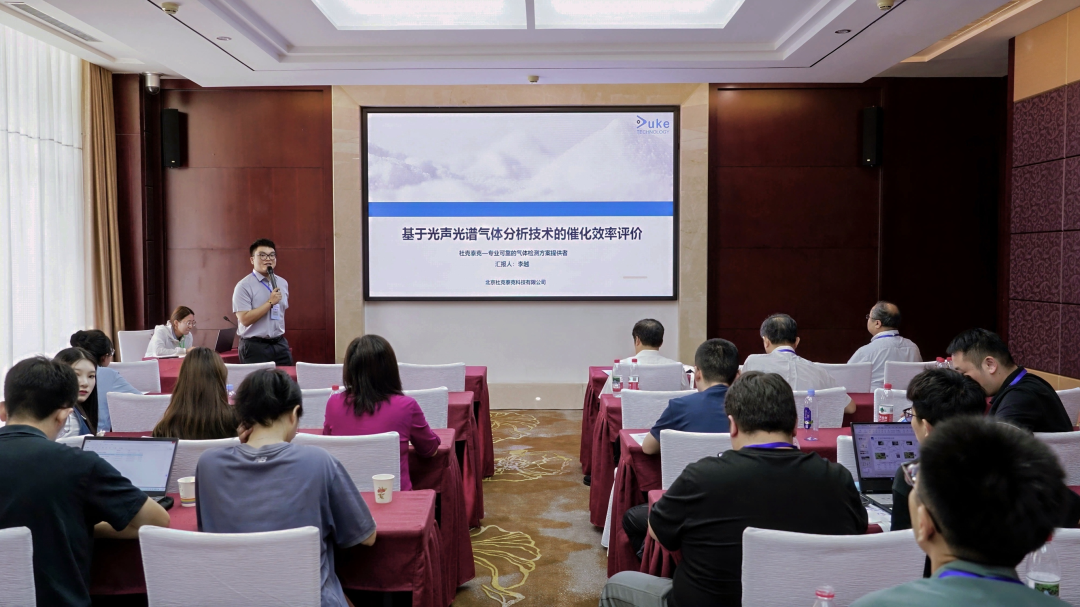

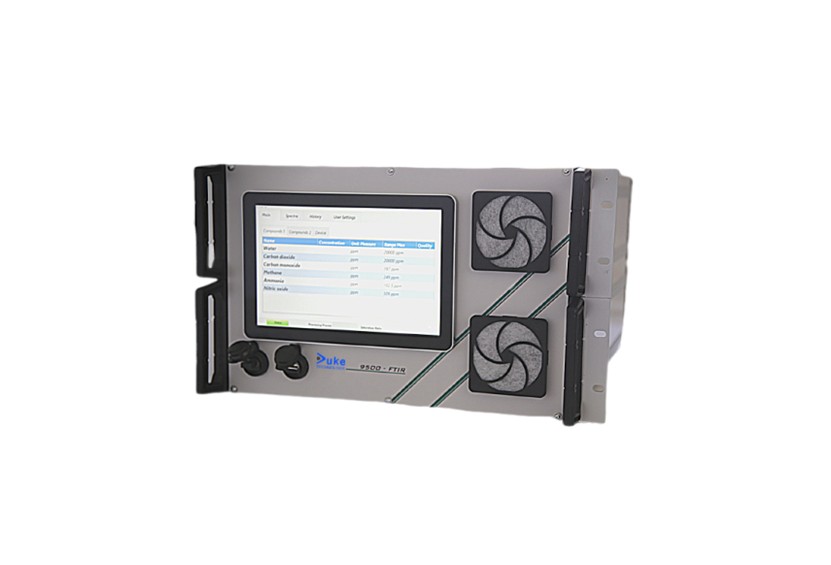
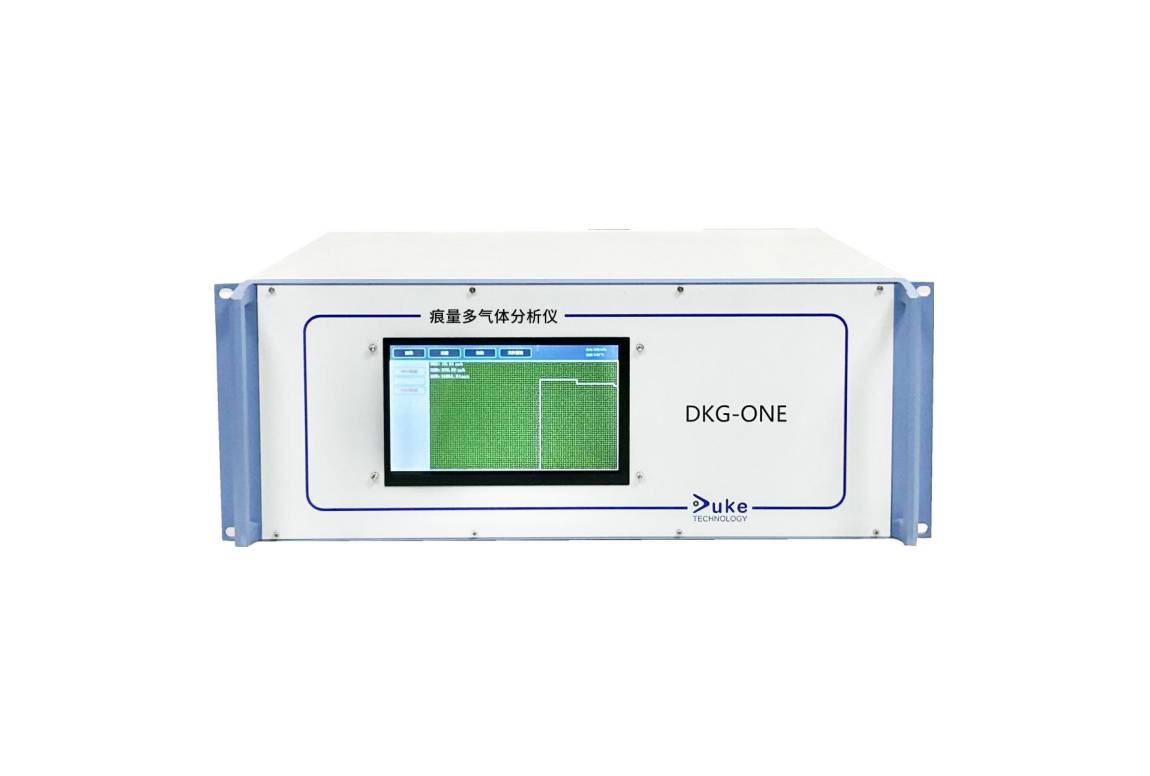 0.5 ppb detection limit: Utilising an ultra-sensitive patented optical cantilever microphone combined with a quantum cascade laser (QCL) light source, it can detect phosgene concentrations as low as 0.5 ppb, enabling precise identification of even minor l
0.5 ppb detection limit: Utilising an ultra-sensitive patented optical cantilever microphone combined with a quantum cascade laser (QCL) light source, it can detect phosgene concentrations as low as 0.5 ppb, enabling precise identification of even minor l
 Duke DK-F10L Photoacoustic Spectroscopy Greenhouse Gas Analyzer: The All-Around Expert for Precise Multi-Gas Monitoring
Duke DK-F10L Photoacoustic Spectroscopy Greenhouse Gas Analyzer: The All-Around Expert for Precise Multi-Gas Monitoring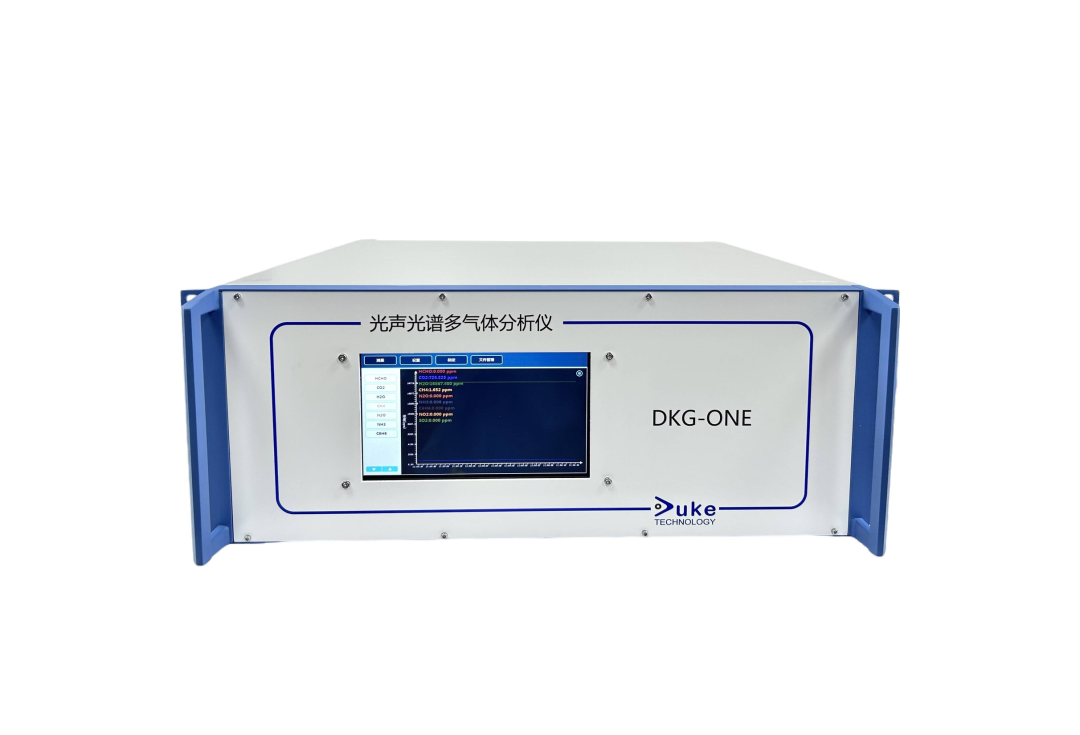 The Duke photoacoustic spectroscopy greenhouse gas analyzer
The Duke photoacoustic spectroscopy greenhouse gas analyzer
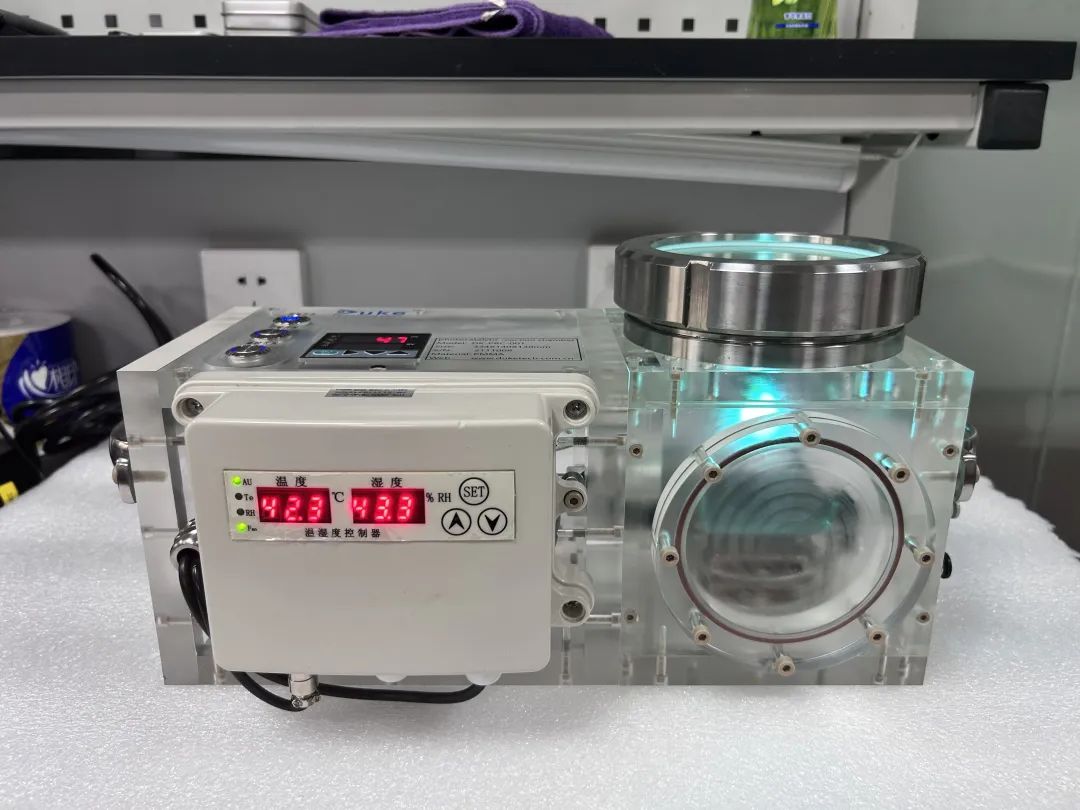 An All-Round Tool for Catalytic Research
An All-Round Tool for Catalytic Research Infrared Photoacoustic Spectroscopy Gas Analyser
Infrared Photoacoustic Spectroscopy Gas Analyser




